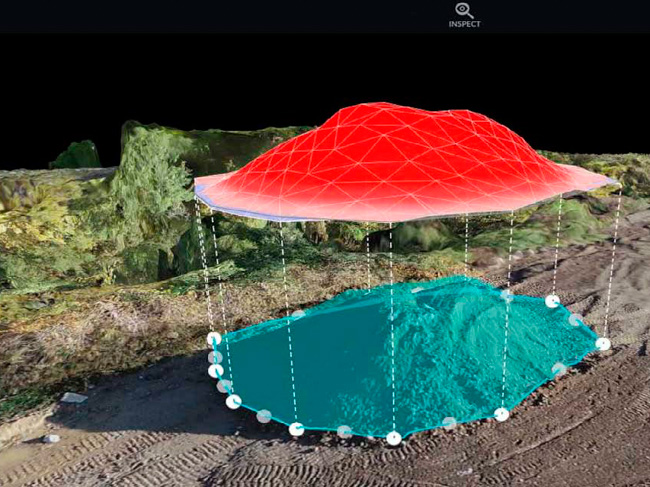Drones are revolutionizing facade inspections in several key ways. Traditionally, facade inspections involved scaffolding, rope access, or lifts, which were time-consuming, costly, and posed safety risks. Drones are transforming this process by offering significant improvements in efficiency, safety, and cost-effectiveness. Here’s how:
- Increased Safety: Drones can access hard-to-reach or dangerous areas without requiring workers to scale the building or work at heights. This reduces the risk of accidents and injuries, making the entire inspection process much safer.
- Faster Inspections: Drones can quickly fly around the building, capturing high-resolution images and videos, significantly speeding up the inspection process. This is much faster than traditional methods like scaffolding or rope access, where workers have to manually inspect each section.
- Cost Efficiency: By reducing the need for scaffolding, lifts, or personnel at height, drones cut down on labor costs and equipment rental fees. These savings make drone inspections a cost-effective alternative, especially for large or complex buildings.
- High-Quality Data: Drones are equipped with advanced high-definition cameras and RTK technology, which allow for highly detailed inspections.
- Real-Time Monitoring: Drones can provide real-time data and visuals, allowing construction teams to assess the condition of the building’s facade immediately. This enables quicker decision-making, planning, and identification of issues that need urgent attention.
- Accurate Documentation: Drones can create precise, high-resolution images and videos, which are valuable for record-keeping, future inspections, and documentation of the building’s condition at various stages of construction. These visual records are easy to reference for maintenance or repairs in the future.
- Access to Challenging Areas: Drones can inspect hard-to-reach spots, such as areas high above the ground, narrow gaps, or places where scaffolding would be difficult or impossible to set up. They can maneuver around the building with ease, capturing comprehensive data without physical limitations.
- Environmental Impact: Drones are typically less intrusive compared to traditional methods. They don’t require the extensive use of materials like scaffolding or lifts, reducing waste and the environmental impact of the inspection process.
By leveraging these advantages, drones not only enhance the efficiency and effectiveness of facade inspections but also transform how construction and maintenance teams approach building management and safety.




0 Comments